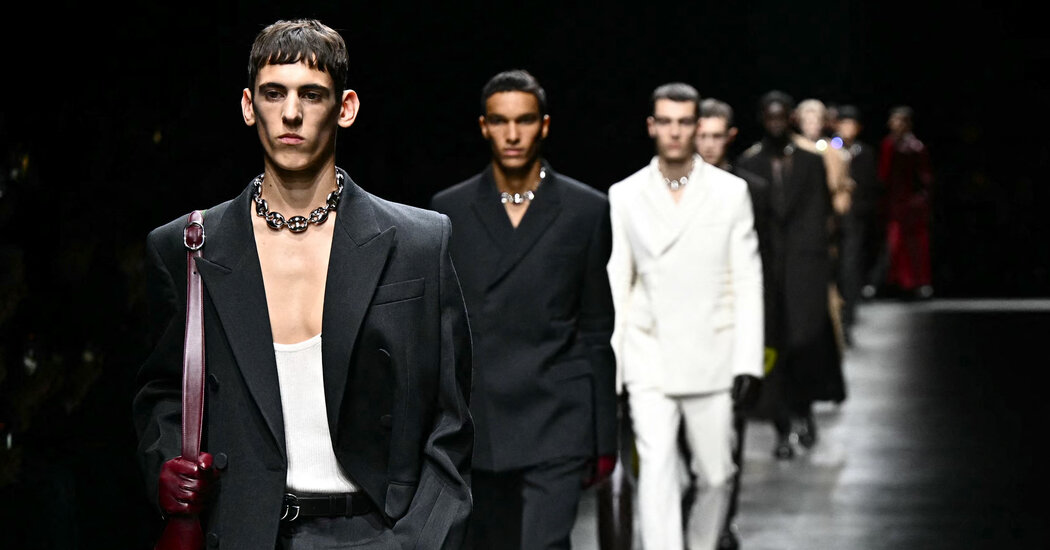
The headline was Gucci. The headline was always going to be Gucci, in the same way the Ever Given was destined to dominate the news cycle when the mammoth vessel, one of the largest container ships ever built, got stuck in the Suez Canal back in 2021.
Gucci is, in a way, the Ever Given of the personal luxury goods trade. With more than 500 stores worldwide and an estimated market value in 2022 of $35.3 billion, it is that skyscraper-size tanker, caught sideways. The entire fashion business took a hit during the pandemic and then bounced back, or seemed to, with a surprising resilience. Then it encountered something that in its way was as unexpected as that grounding of a nautical behemoth thrown off course by fluke winds.
In Gucci’s case it was the fickleness of shifting taste. When Alessandro Michele, the former creative director of the brand — founded in Florence in 1921 as a leather goods manufacturer catering to a sophisticated carriage trade, and now owned by the luxury goods giant Kering — said in an interview with this reporter back in 2020 that “maybe one day I will not be relevant,” he was sending a signal, to both his bosses and the culture at large.
Mr. Michele was a creative savant and lucky, as he has said, to have survived a quarter century in the business largely by following his instincts (or his “stomach” as he said.) He knew. The instincts that helped elevate him from journeyman accessories designer to star were already giving him the itch to move on. This was largely because society was about to do the same.
The gender play Mr. Michele pioneered — pussy bows and rhinestones and tiger prints and baby-doll dresses on guys — and that for a brief, giddy and obscenely profitable moment drove Gucci’s valuation to great heights, were absorbed by the culture with alacrity. Harry Styles in a dress on Vogue’s November 2020 cover looked groundbreaking for about a minute. Harry Styles in a dress now would hardly rate a second glance.






